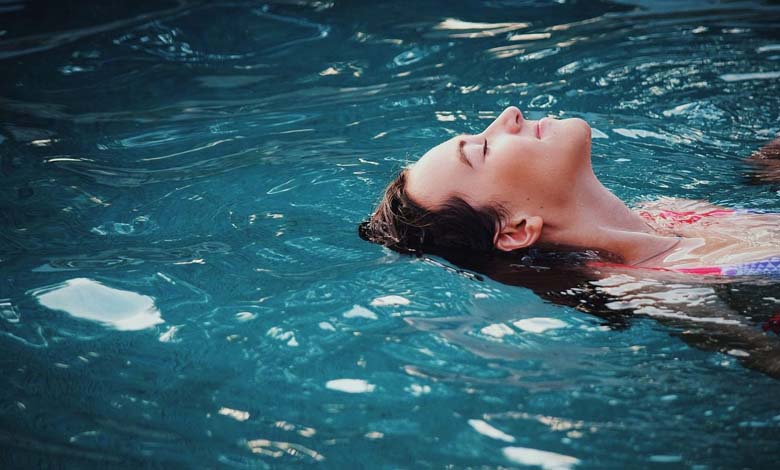Expert Warns of Devastating Effects of Swimming with Contact Lenses

Swimming is a widely practiced physical activity around the world, offering numerous health benefits, including strengthening the cardiovascular system, improving physical fitness, and reducing stress. However, a common habit among contact lens wearers—swimming while wearing lenses—can lead to serious and sometimes irreversible consequences for eye health. A specialist in ophthalmology recently warned about the potential dangers associated with this practice, emphasizing the need for increased vigilance and greater public awareness.
-
Night Vision Contact Lenses: A New Frontier in Human Sight
-
Developing Contact Lenses That Give Humans Night Vision
Health Risks Associated with Swimming with Contact Lenses
Wearing contact lenses while swimming increases the risk of bacterial, viral, or parasitic infections. Aquatic environments—whether pools, lakes, rivers, or seas—harbor numerous pathogenic microorganisms that can lodge under lenses and multiply rapidly. Among the most severe infections is Acanthamoeba keratitis, an inflammation of the cornea caused by an amoeba found in freshwater, which can result in irreversible vision loss if not treated promptly.
Additionally, chlorinated pool water, although used for disinfection, can cause severe eye irritation when combined with contact lenses. Lenses absorb chemicals and concentrate their harmful effects on the eye’s surface, exacerbating discomfort and the risk of corneal injury.
-
They Must Be Removed: Contact Lenses—A Hidden Danger in the Shower
-
Study Reveals the True Impact of Contact Lenses on Children’s Vision
Possible Complications and Their Consequences
Beyond infections, swimming with contact lenses may cause mechanical complications such as microtraumas to the cornea. The constant friction of lenses against the ocular surface, intensified by movements in water, can lead to erosions, microabrasions, or even corneal ulcers. These lesions weaken the eye’s protective barrier and facilitate pathogen entry.
In severe cases, uncontrolled infection may require hospitalization, prolonged treatment, and sometimes surgical interventions such as corneal transplantation. Delayed or inadequate management can result in irreversible sequelae, including partial or total blindness.
-
Irritation and Infections: How Makeup and Contact Lenses Affect Your Eyes
-
Eye Infections Due to Contact Lenses: A Magical Treatment from Trees
Expert Recommendations to Prevent Risks
In light of these dangers, the expert stresses several essential preventive measures. Firstly, she advises absolutely avoiding swimming with contact lenses, whether in pools or natural bodies of water. When vision correction is necessary, using properly fitted, sealed prescription swimming goggles is a much safer alternative.
Furthermore, if accidental swimming with lenses occurs, lenses should be removed immediately, and eyes rinsed with appropriate disinfecting solutions, followed by prompt medical consultation if discomfort persists.
Finally, the expert highlights the importance of regular follow-ups with an ophthalmologist to detect early complications related to lens wear and to educate patients on good ocular hygiene practices.
-
High Cholesterol Symptoms May Appear in Just One Eye
-
Breakthrough: Biodegradable Dental Membranes for Jawbone Repair
Awareness and the Role of Healthcare Professionals
Beyond individual advice, this warning calls for broader awareness campaigns targeting contact lens wearers, sports educators, and aquatic facility managers. Contact lens manufacturers are also encouraged to strengthen warnings in their instructions, emphasizing the risks associated with swimming.
In conclusion, while swimming with contact lenses may seem harmless, it conceals serious dangers for eye health. Prevention and education remain key to protecting vision and avoiding irreversible outcomes. Wearers should exercise caution and opt for safe alternatives to continue enjoying the benefits of swimming without compromising their visual health.












